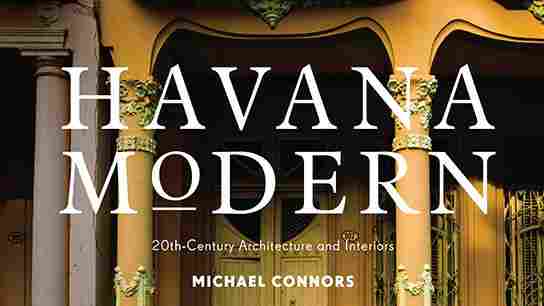The incredible modern architecture of Havana
Post-independence, prerevolutionary Havana was a glamorous, cosmopolitan place, attracting jet-setters from around the globe. For a time the Cuban capital had the highest standard of living of any Caribbean city, and the population of wealthy industrialists and thriving middle classes spurred the construction of new homes, apartment complexes, and office buildings, not to mention the glitzy casinos and nightclubs that made Havana the "Monte Carlo of the Americas." As a result, these prosperous years—from 1902 until the 1959 revolution and just after—witnessed a major building boom, which is chronicled in lively detail in Havana Modern (Rizzoli, $65), a new book from historian and design expert Michael Connors.

Various architectural styles prevailed during these six decades, beginning with Beaux Arts, which came to the island from France via its American proponents and practitioners. An influx of Spanish immigrants brought the Art Nouveau movement with them, especially the Catalan version, modernisme , well known from the work of Antoni Gaudí. In the 1920s and ’30s, Art Deco skyscrapers and Streamline Moderne movie theaters sprang up, while after World War II, the International Style and its modernist tenets held sway. Havana-based photographer Néstor Martí has supplied the book’s stunning images, which capture the best examples of each period.
The author of the volume’s foreword, Paris-based, Cuban-born architect Ricardo Porro, was one of three designers commissioned by Fidel Castro in 1959 to create Havana's new National Schools of Art. Built on the site of a former golf club, the complex includes Porro's voluptuous modern-dance and plastic-arts buildings. But the academy was never completed; the government halted construction in 1965, the same year the School of Architecture, where Porro had trained, was shuttered. This marked the end of Havana's architectural golden age. As Martí’s photos show, the legacy of this era is in many cases well preserved—if often just by neglect, a situation that has caused other important structures to deteriorate. (For example, another section of the arts complex, Vittorio Garatti’s School of Ballet, now sits in ruins.) Havana Modern serves as an important record of this period, and the photos that follow are just a brief glimpse of a rich cultural heritage.
Tour Havana’s modern marvels.
__ __